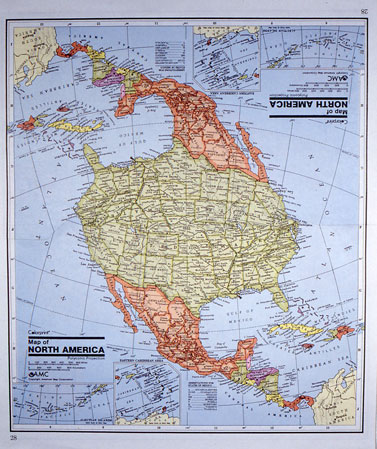How one curates an exhibit, whose voices, whose identities one decides to center can be an opportunity to heal wounds, hold conversations, and work toward justice. The curator of the Tacoma Art Museum took this opportunity when she developed the signage for how to show the Haub collection of American landscapes. Each painting featured a landscape of what was originally Native Land. Rather than paring each painting with a biographical card about the typically white artist from the 1800s, the curator Faith Brown consulted with local members of the Puyallup tribe to instead center the Native community that had inhabited that land. By describing each work of art as being part of an ancestral homeland of different Native peoples, providing the names of the fields, lakes, rivers, mountains in the languages of those that lived there, they were in a sense giving these landscapes back to the Native communties, giving them the voice and platform within the museum. It was a very powerful act to see, a decision that was moving, important and necessary. The names of the artist were still on the painting itself, but it no longer became necessary to center these names when there others voices needed uplifting.
A video of the virtual opening gives broader context to this exhibit and its aims to cultivate a compassionate and inclusive future.
I encourage everyone local to attend this in person, the exhibit presents a visceral space where one hears the voices of Indigenous people speaking their native languages while you view the landscapes and their accompanying description of who originally lived there and what these mountains and rivers were called. This juxtaposition when you are accostomed to otherwise seeing cards with artist and art historical notes is poignant and welcome.
Tacoma Art Museum provides also a link to additional resources for more information on Native Land and artists, filmmakers and writers working conceptually and strategically toward Land Back efforts and Tribal Sovereignty.

This painting is of Tee-win-at (or Teewinot), meaning the Many Pinnacles, also known as the Grand Tetons in Wyoming.



